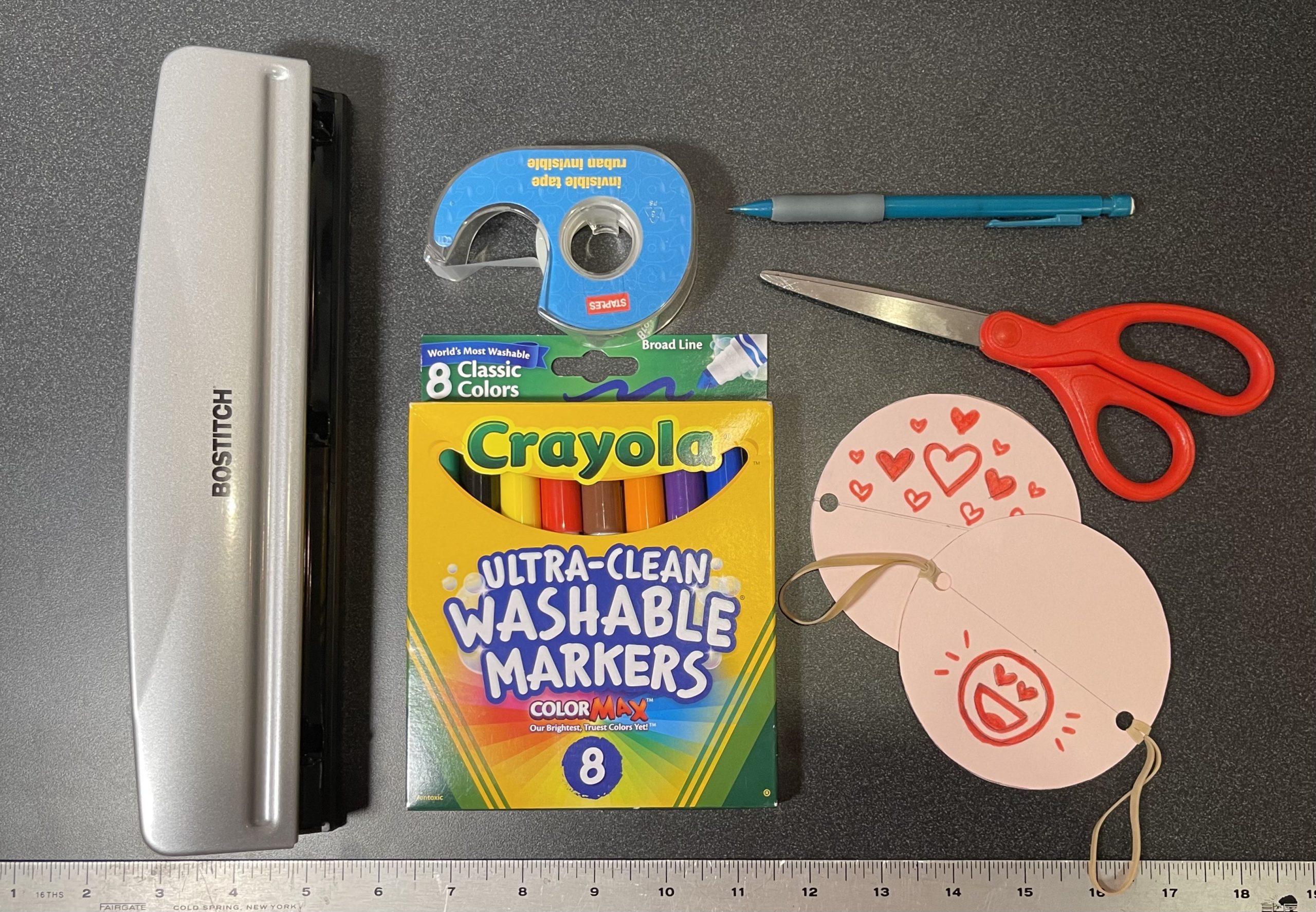S.T.E.A.M. takes science and builds in elements of technology, engineering, math, and art.
A good S.T.E.A.M. activity will include at least two of these four pillars: math and engineering or science and technology. This year, let’s bring STEAM fun to your Valentine’s Day!
Question: Will pulling on the circle cause any movement?
Hypothesis: If I pull on the circle then…
*Make sure to ask your #younginventor his hypothesis before moving onto the next step.
Materials:
-
-
- Cardstock Paper
- Markers (Perhaps red and pink to make it Valentine’s Day themed!)
- Clear Tape
- Glue (Tape also works if necessary!)
- Scissors
- Ruler
- Pencil
- Rubber Bands
-
Procedure:
-
- Trace 2 circles on the cardstock paper and cut them out
- Find the middle of the circle with your ruler and draw a line straight across the circle
- On the top half of the circle draw a bunch of hearts
- On the second circle draw the same line splitting it in half
- On the bottom half of the second circle draw a smiley face with heart eyes
- Glue (or tape) the circles together so that the lines line up (make sure you have both drawings on the same side when turning the circle back and forth
- Punch a hole on each side of the circle (on the center line near the ends)
- Loop a rubber band through each hole
- Hold the rubber band between your thumbs and pointer fingers
- Twist the rubber band between your thumb and pointer finger
Let’s make some conclusions! Ask your child:
-
-
- Is this what you expected to happen? What do you see when you look at the circle?
- Was your hypothesis correct? Does anything change about your drawings when you twist it faster?
- Does blinking change the way your drawing looks? If yes, how?
-
What did you create?
You’ve created what is known as a Thaumatrope – which uses the same science that’s used by artists to create cartoons! While watching a cartoon you see the entire image rather than hundreds of still images. Our brain takes the image flashing and creates a continuous movement. Thaumatropes use the same illusion to join two separate images into one. They were a very popular toy in the 1920s!
So, what is happening?
When you rotate the circle as fast as you can, the images merge together, even though they are on separate sides as separate images – it makes one drawing! One reason our brains do this is to help us understand movement in the environment. When you watch someone walk you only see the continuous smooth motion rather than all the tiny movements of the steps they are taking. If you’ve ever experienced a strobe light you will notice that someone will look disconnected and almost robotic when they move in it – similar to what happens when you blink while spinning the circle. Our brains can’t connect the movements because the light is flashed at long intervals (blinking).
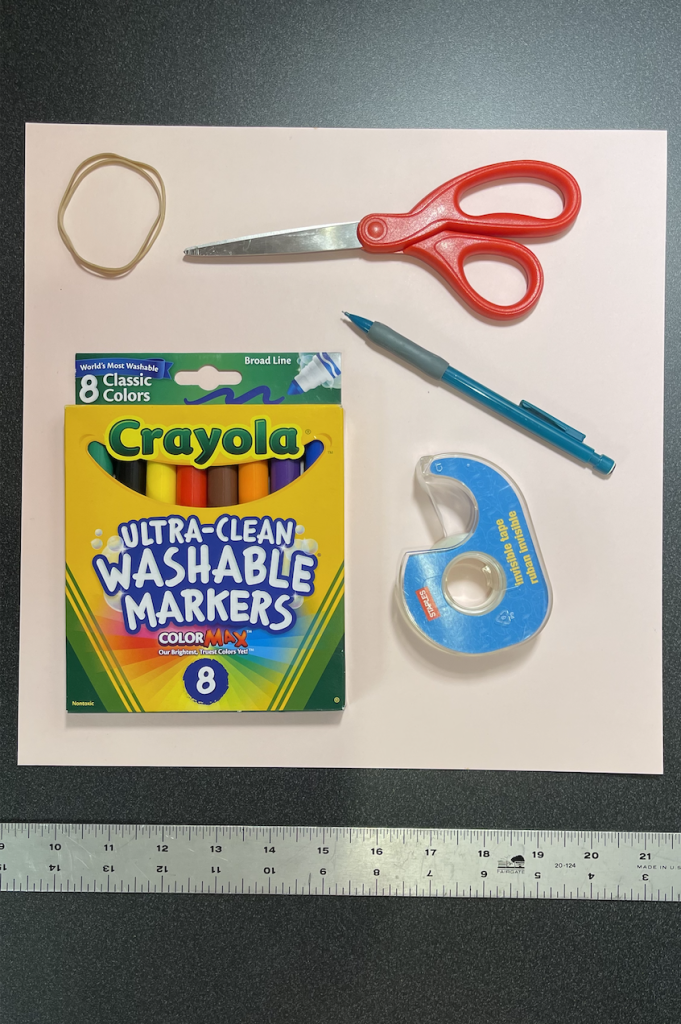
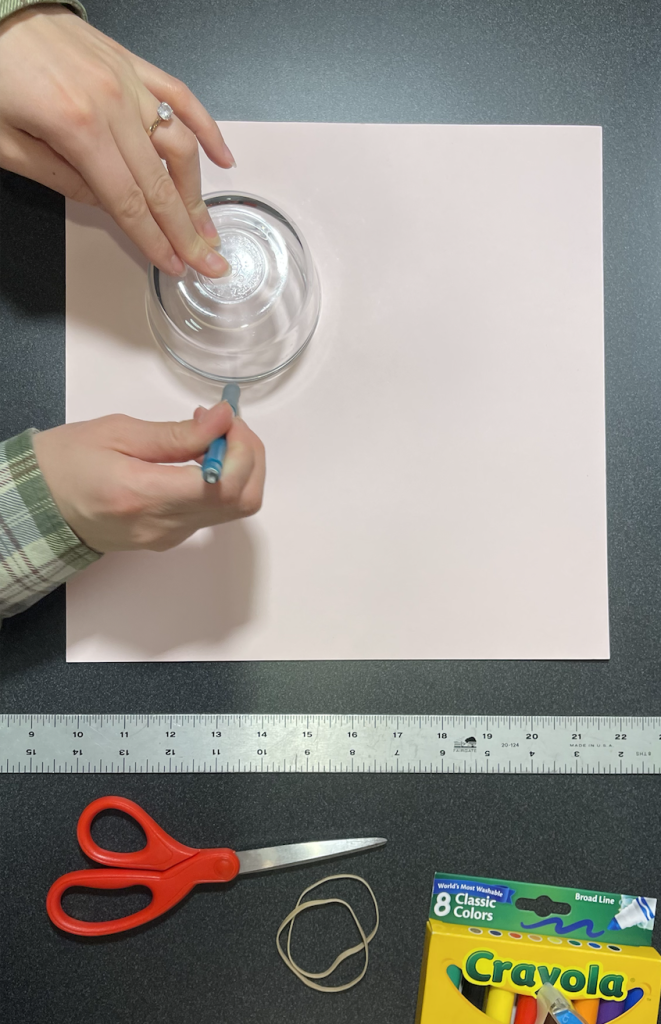
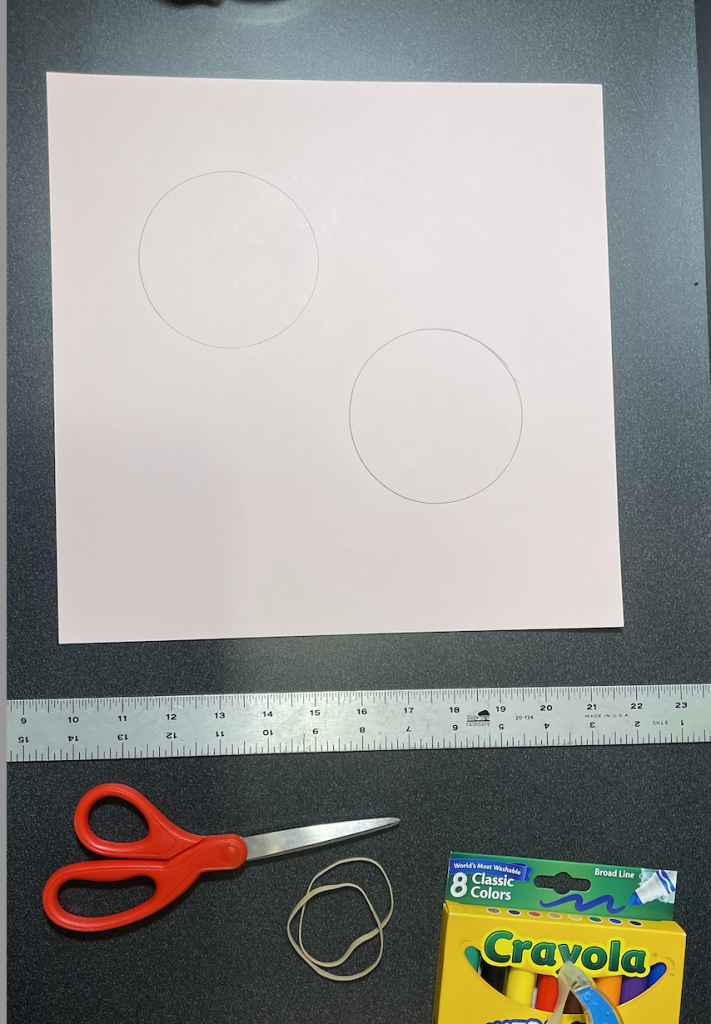
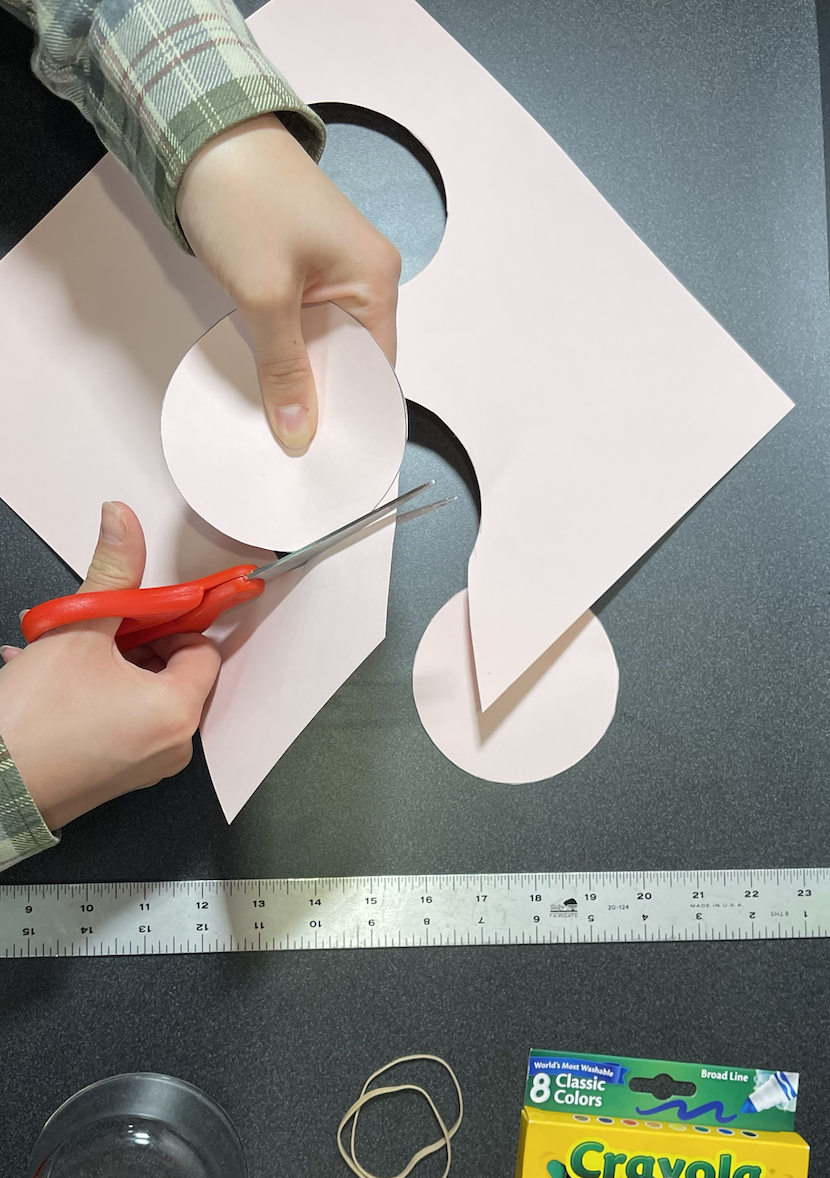
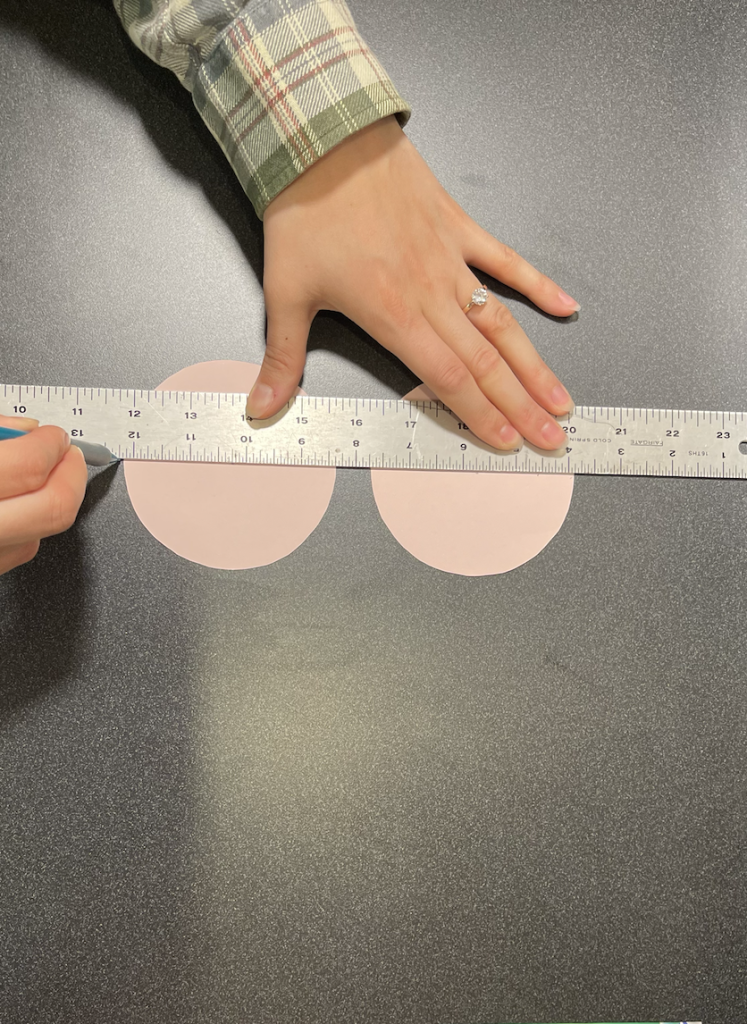
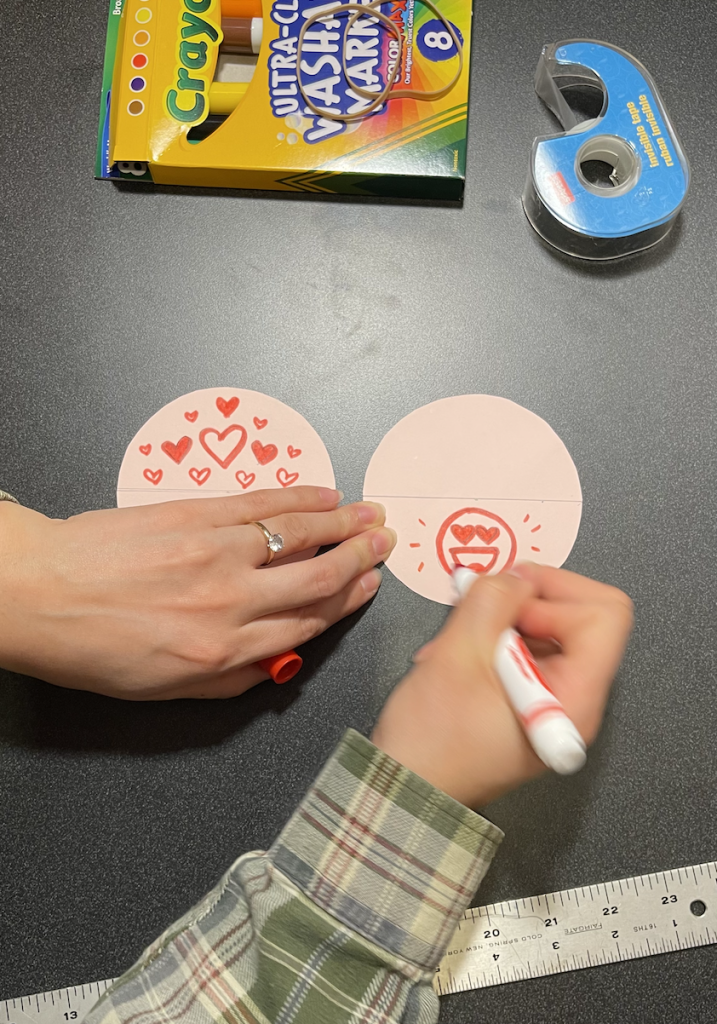
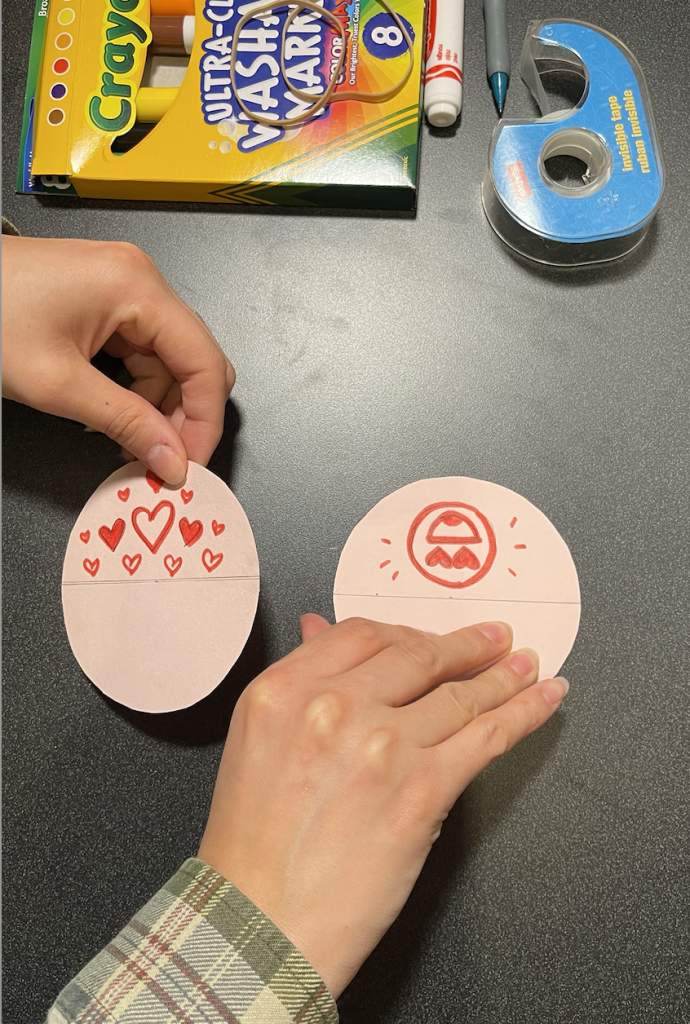
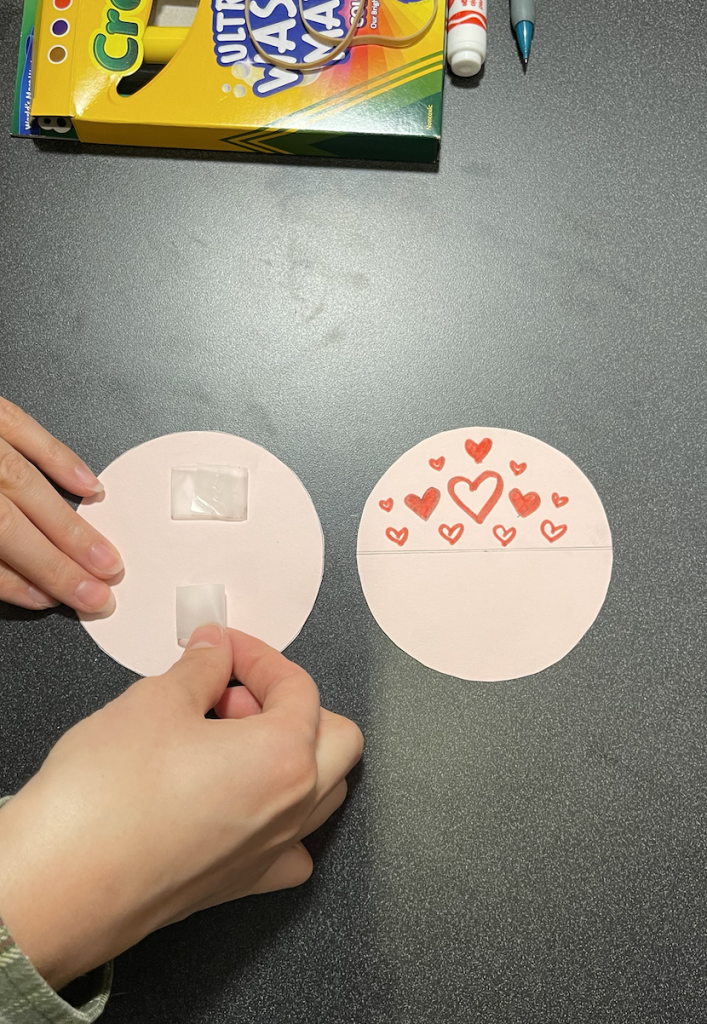
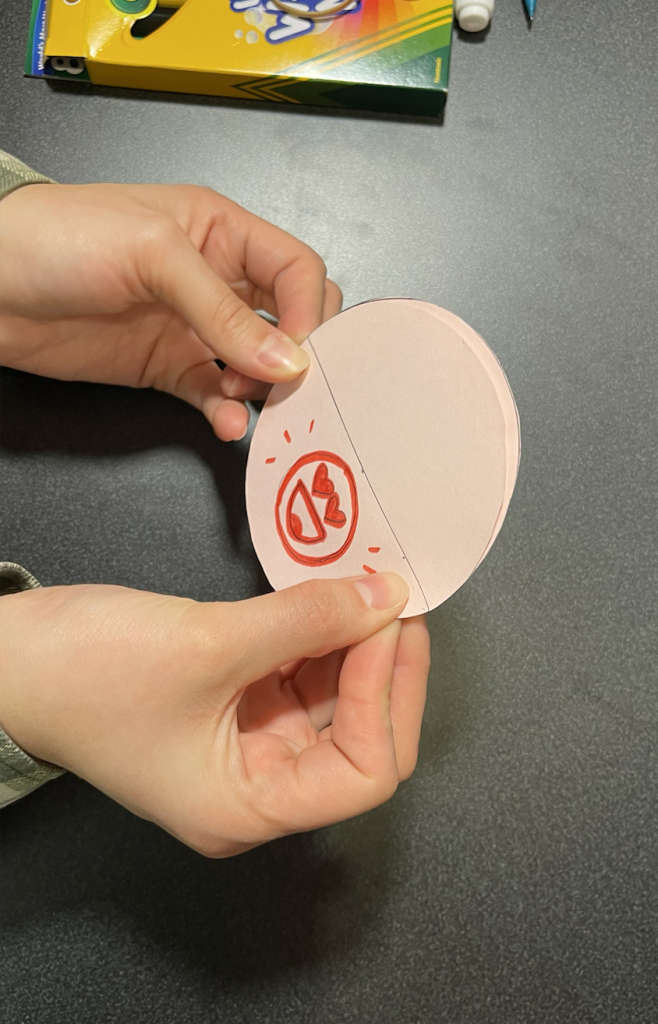
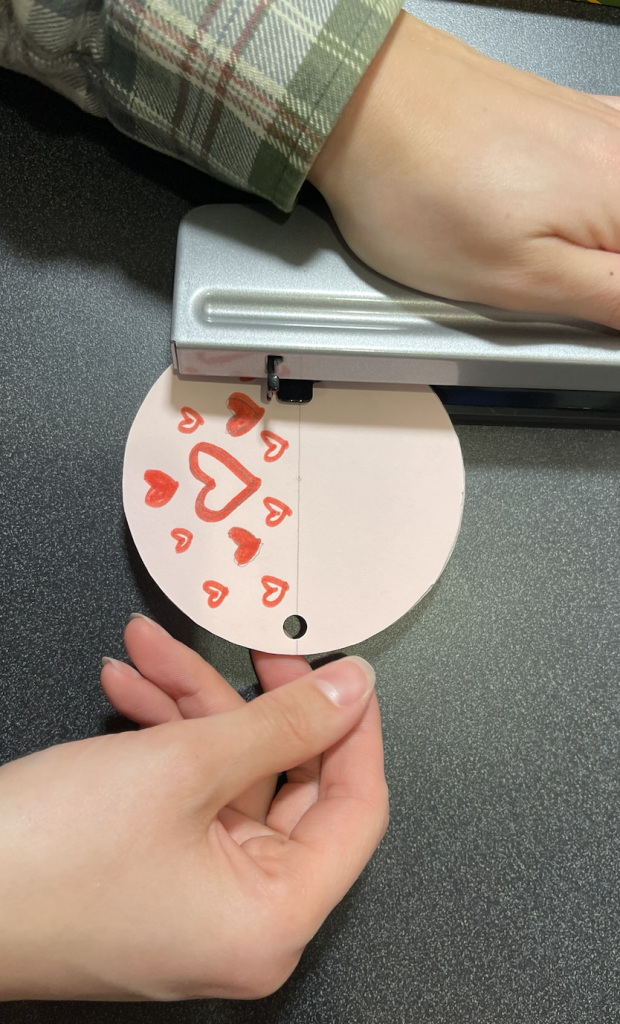
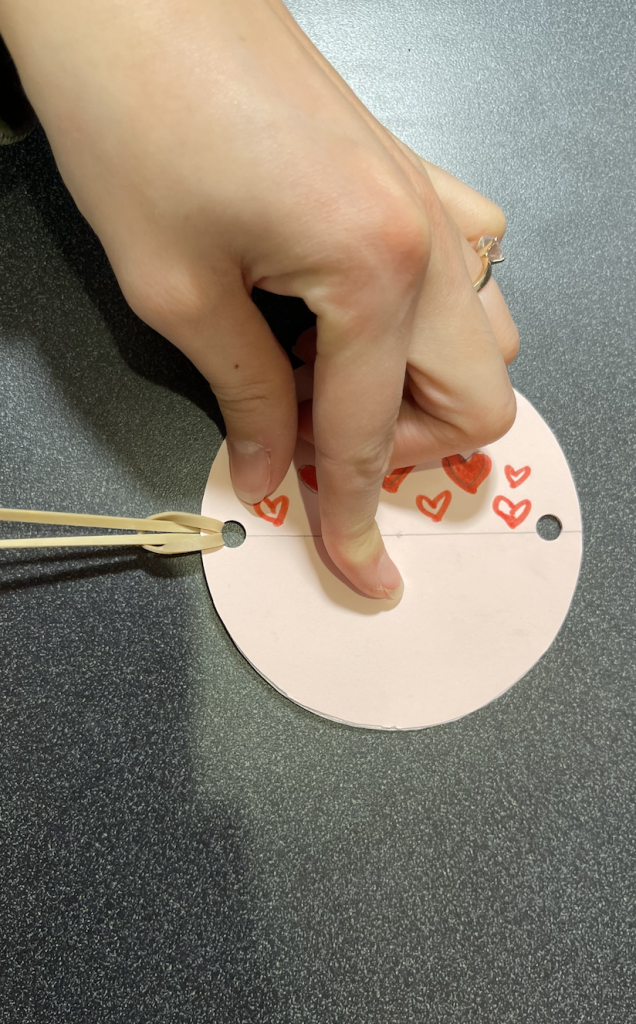
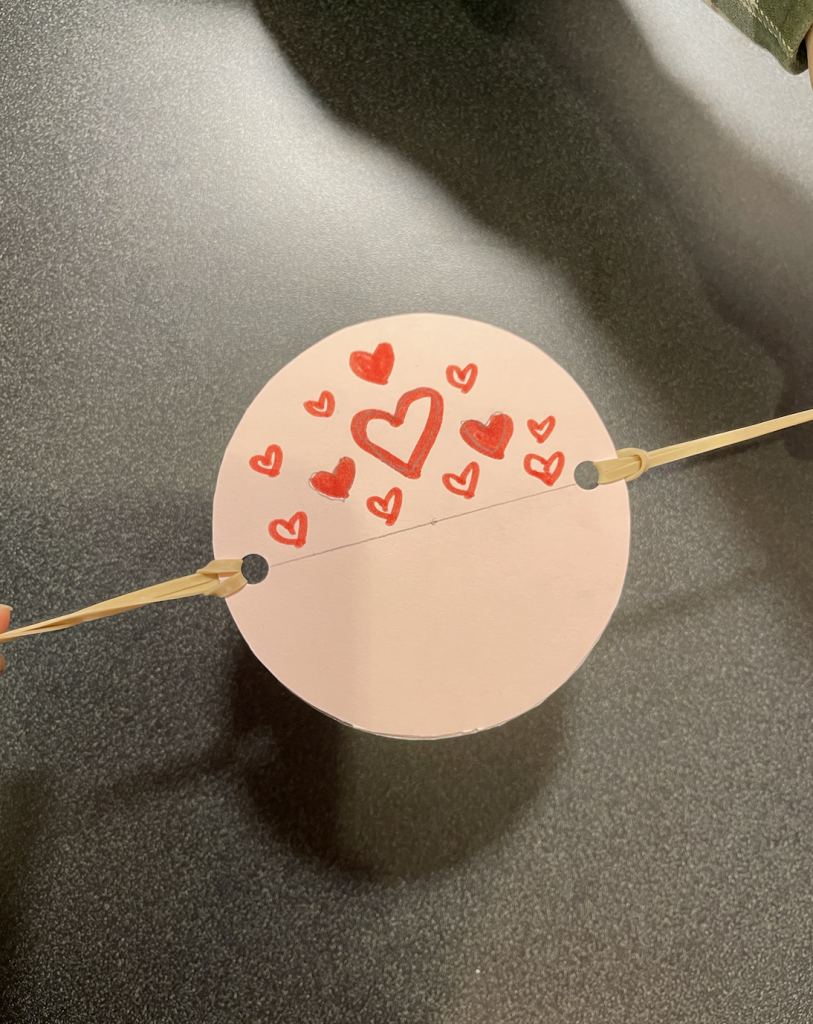

Did you know we have a club designed for children ages 4-12 so they can learn the importance of inventions from an early age? As a member of the club, you and your children will learn all about inventions while completing fun, easy STEAM activities. We hope to spark the creativity of every #younginventor!

